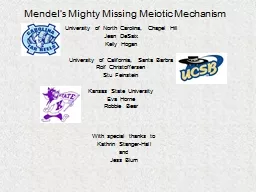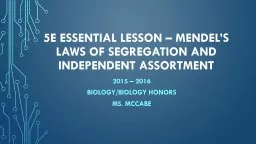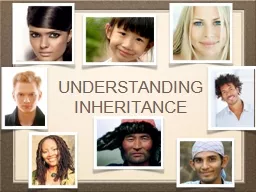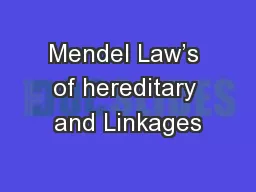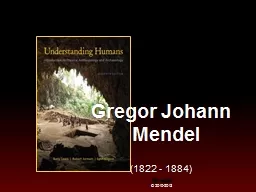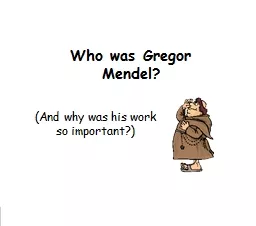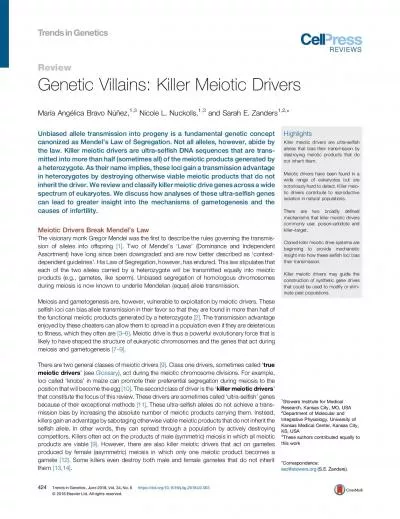PPT-Mendel’s Mighty Missing Meiotic Mechanism
Author : test | Published Date : 2017-08-08
With special thanks to Kathrin StangerHall and Jess Blum University of North Carolina Chapel Hill Jean DeSaix Kelly Hogan University of California Santa Barbra
Presentation Embed Code
Download Presentation
Download Presentation The PPT/PDF document "Mendel’s Mighty Missing Meiotic Mechan..." is the property of its rightful owner. Permission is granted to download and print the materials on this website for personal, non-commercial use only, and to display it on your personal computer provided you do not modify the materials and that you retain all copyright notices contained in the materials. By downloading content from our website, you accept the terms of this agreement.
Mendel’s Mighty Missing Meiotic Mechanism: Transcript
Download Rules Of Document
"Mendel’s Mighty Missing Meiotic Mechanism"The content belongs to its owner. You may download and print it for personal use, without modification, and keep all copyright notices. By downloading, you agree to these terms.
Related Documents

